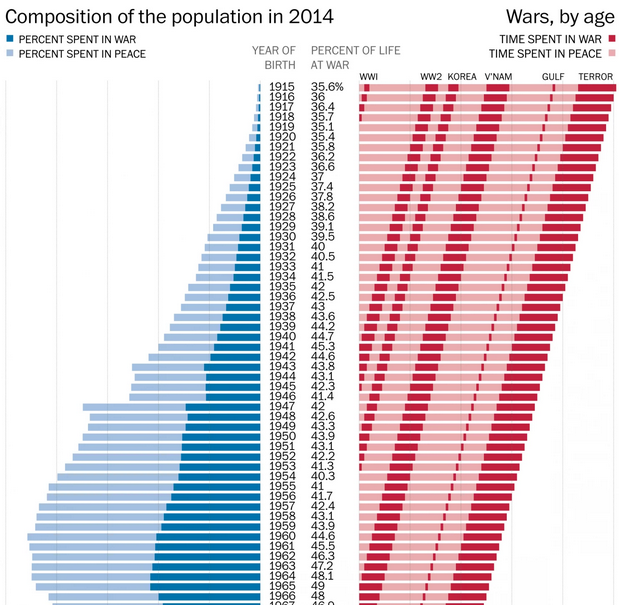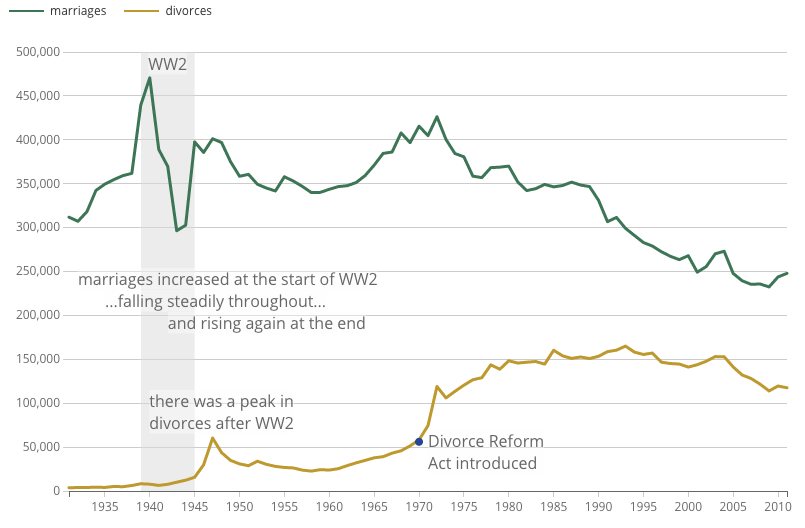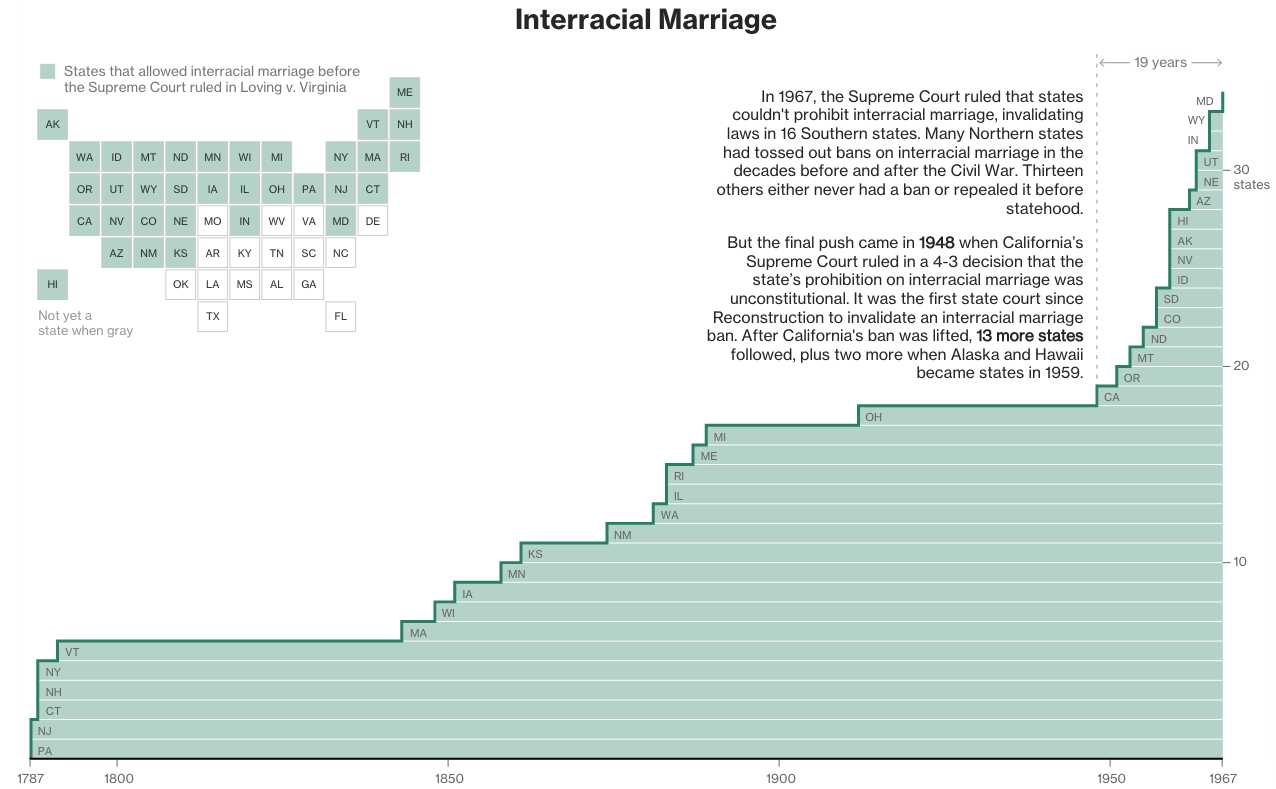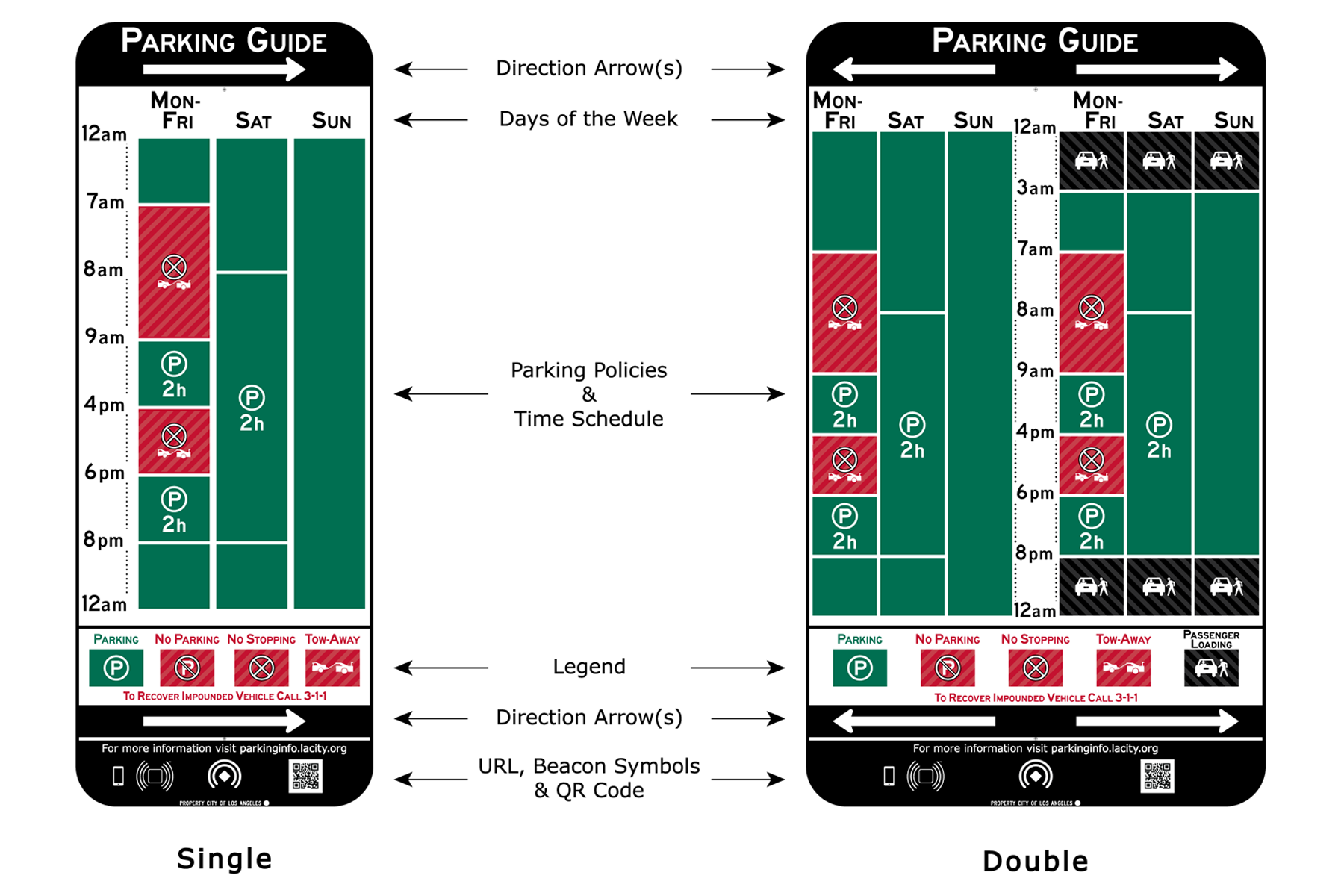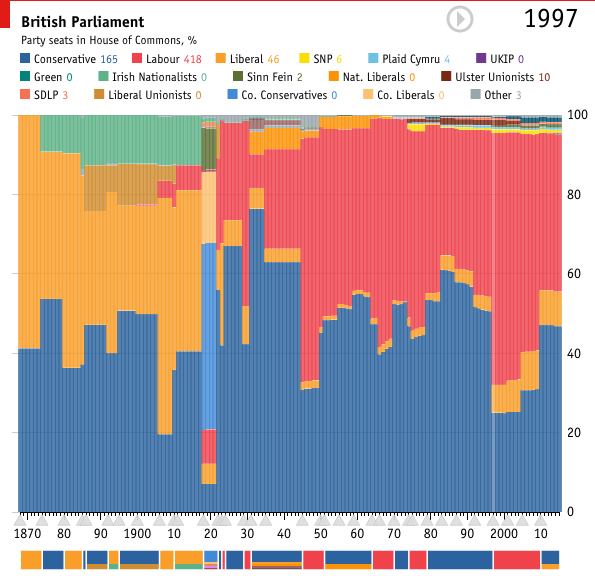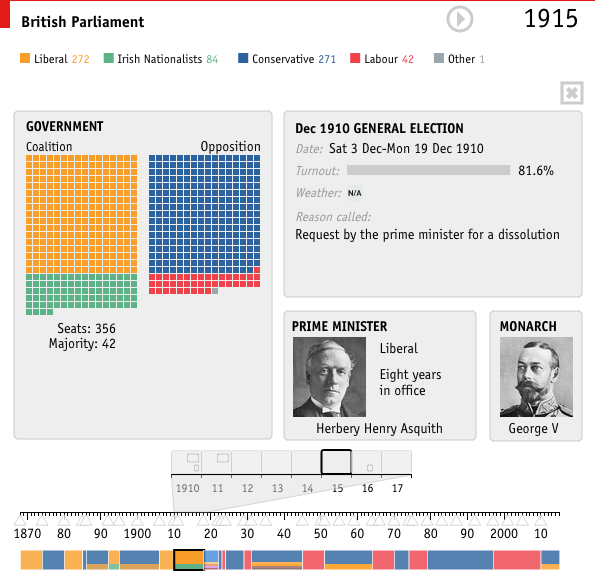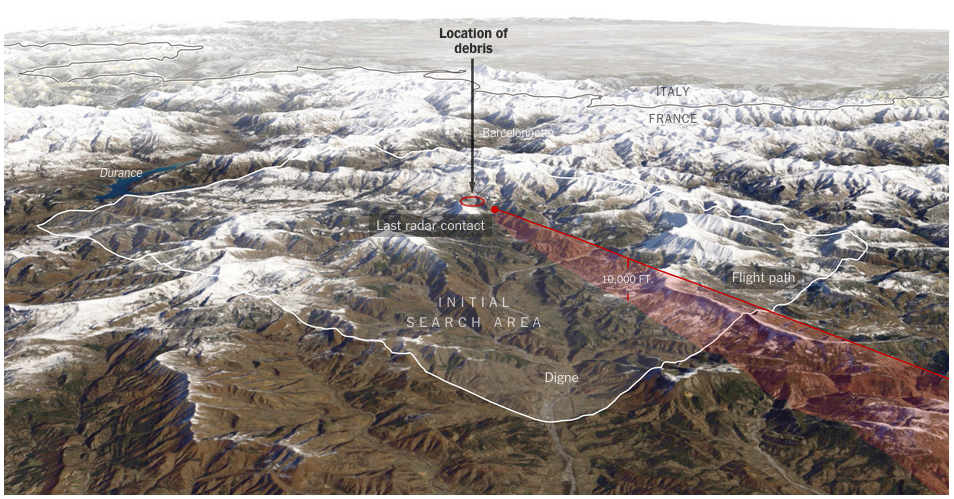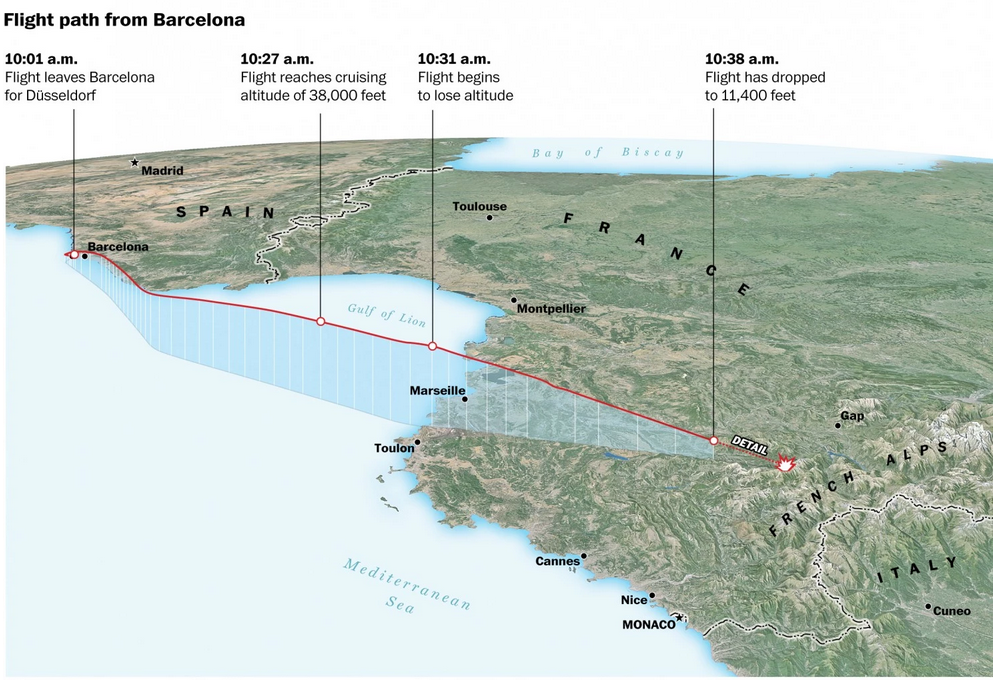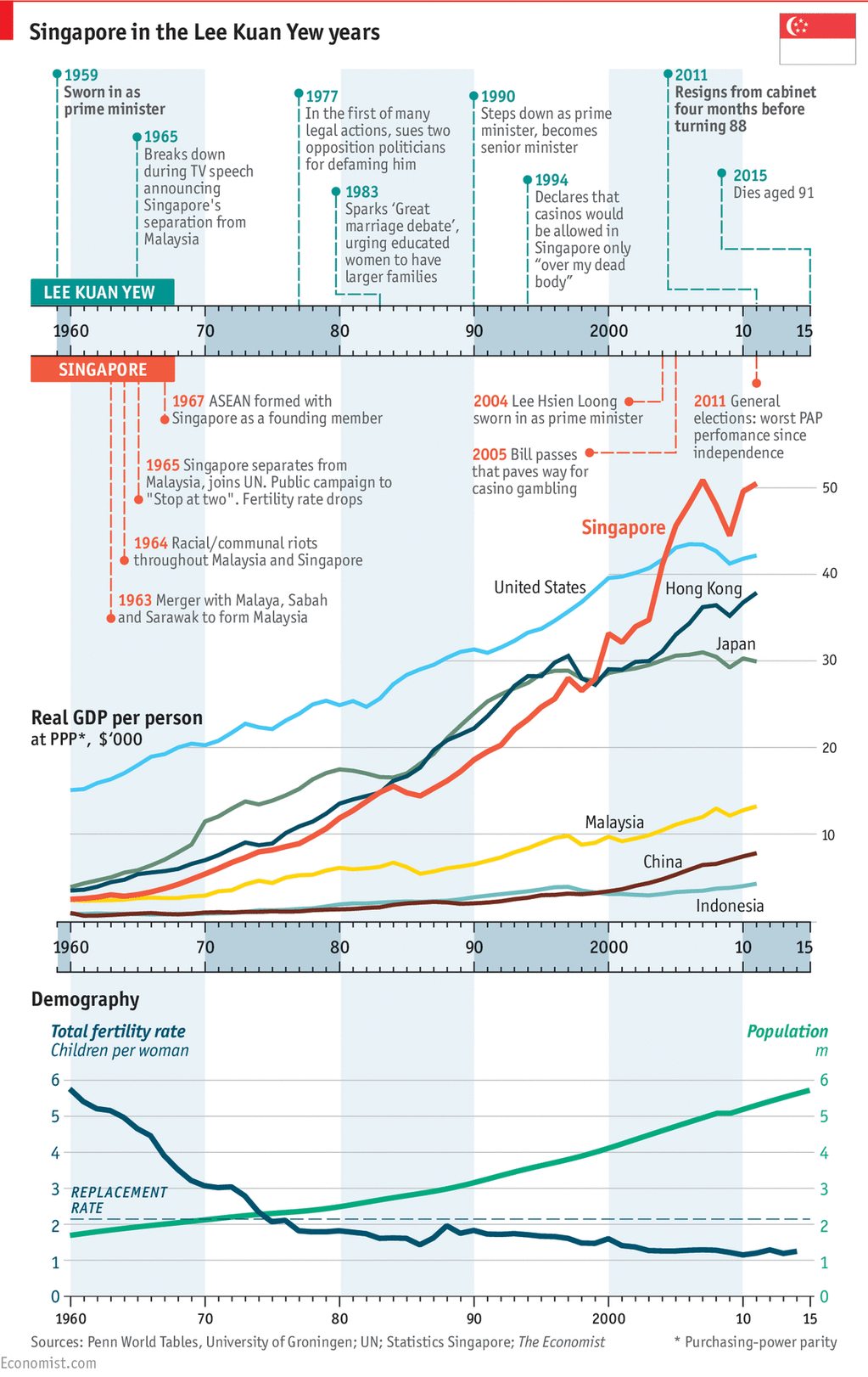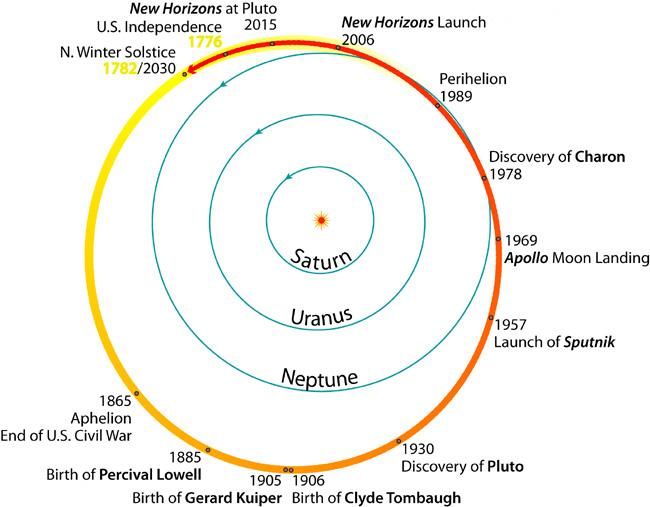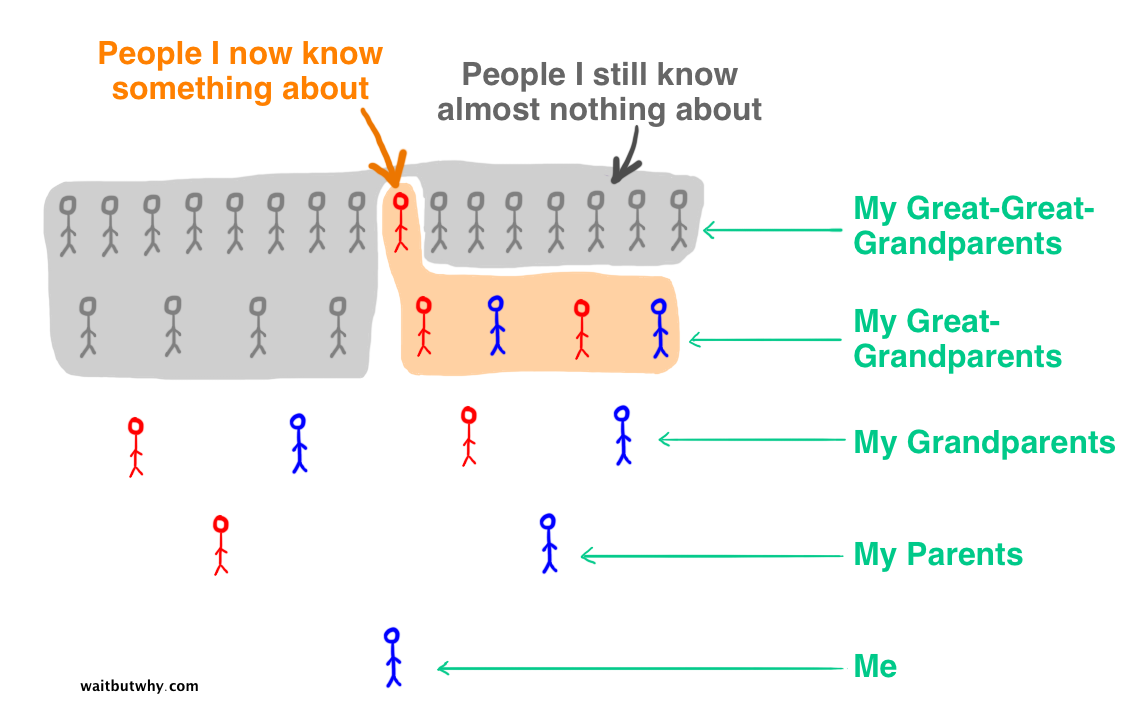I’m presently off in the northern reaches of Wisconsin, Ashland in particular, researching part of my family’s history. To aid me in understanding just how this frontier-following family moved over one century, I put together a crude map and a timeline to give me context (and jog my memory) while searching through files in the courthouse.
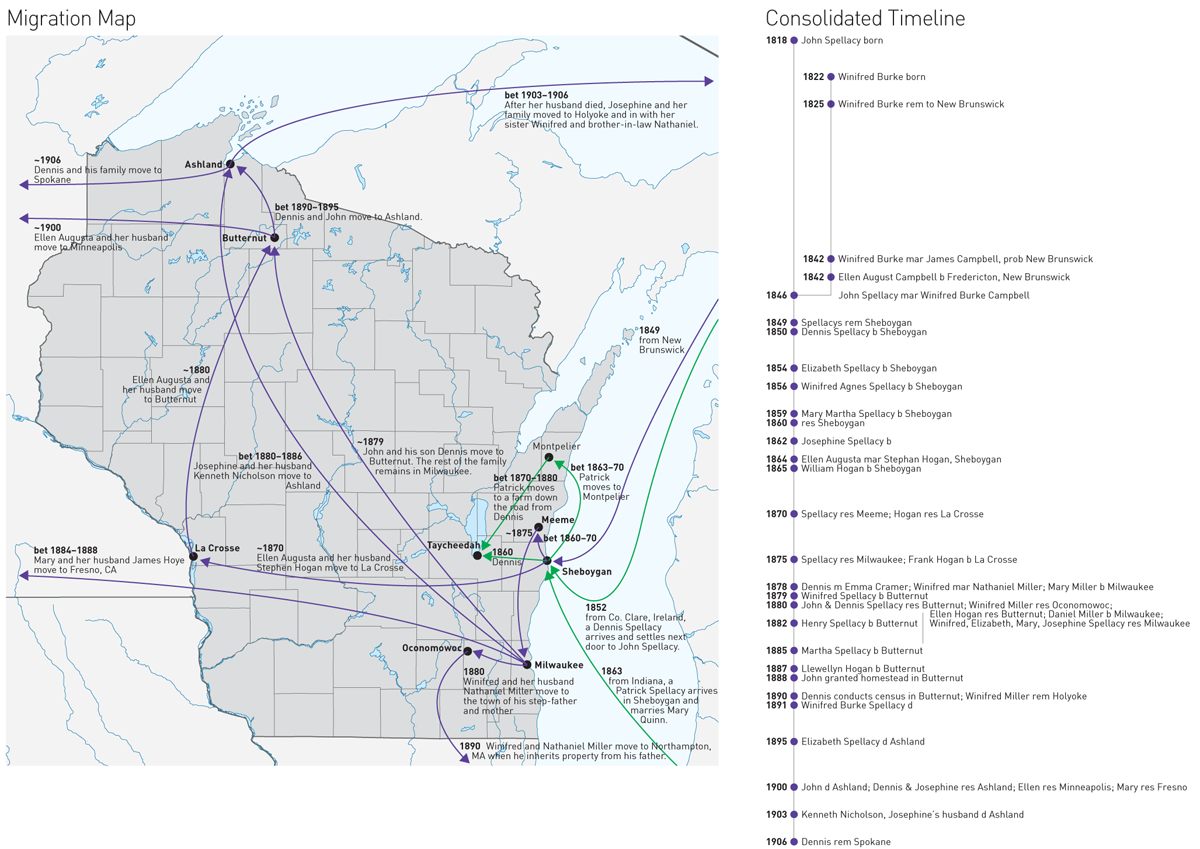
I am calling the map a migration map. It shows the locations where family members moved to in 1849: Sheboygan (from New Brunswick, Canada). And then how they quickly began to disperse, but slowly head north to Ashland County, before most ultimately headed to the West Coast. (My direct ancestors are that group near the bottom that move back to the in-laws original home of western Massachusetts.)
What I struggle with keeping in mind is that here we are looking at a perfectly rendered and understood map of modern Wisconsin. But in 1849, the state was but one year old and most of the towns to which this family would be going were only a decade or so old and still very much frontier towns without amenities. (Which is why I imagine the women of the family stayed in Milwaukee until the settlements in the north were, well, settled.)
To the right is a timeline. The details are not terribly important and in fact it is poorly designed. But, it was quick to make and will hopefully help me keep the names straight and the places for which I am looking top-of-mind.
Put the two together and you have an example of how I create visualisations for myself just to help me with my own work and research.

